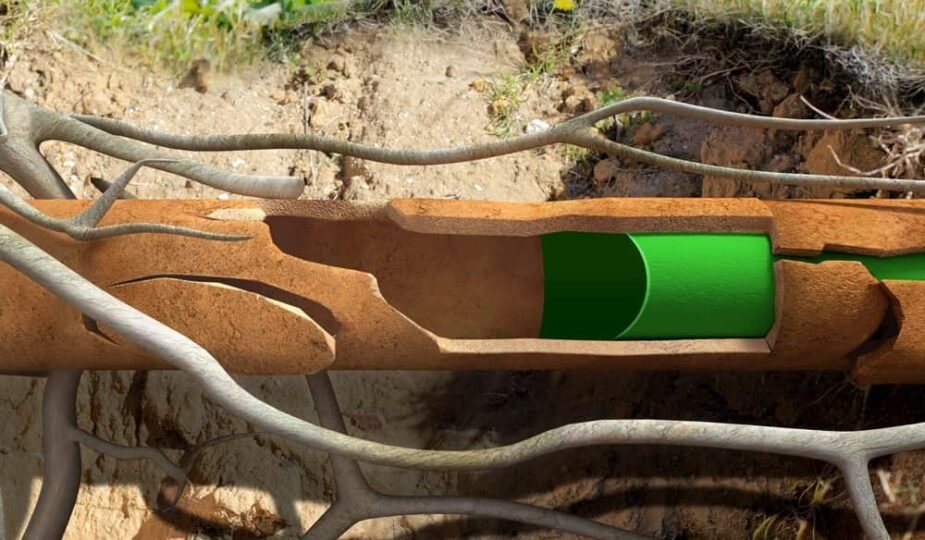
Pipe Relining vs Pipe Replacement: Pros & Cons
Pipe relining is less intrusive than replacing pipes, as it does not involve digging in your yard and is more cost-effective.
Relining may not work for all problems; for example, extensive corrosion or roots could make relining impossible. But it can still be an excellent solution to other kinds of issues.
For a reliable assessment of whether pipe relining could resolve your plumbing issues without yard digging, check out what this company has to offer.
Cost
Your sewer and drain pipes carry wastewater from your plumbing system into your home, and over time, they may become damaged, leading to costly repairs that decrease the property’s resale value. Pipe relining offers one effective way of repairing these damaged pipes without having to dig up your property, making repairs much more affordable than replacement.
Relining is a specialized technique wherein a liner is installed into existing pipes to close any cracks or holes that cause issues like clogs, leaks or backflow. Liners come in many materials that suit various property needs, from fiberglass to epoxy resin; plus, it takes less time than traditional repair methods as there’s no extensive excavation required!
However, before beginning the relining process, verifying whether or not your pipes are suitable is necessary. A professional installer will use cameras and forced electron leak location equipment to inspect your pipes for signs of damage before cleaning your interior piping with hot water to remove debris and clean off any residue left from previous installations.
Uneven or ineffective liners could result from improper relining, so it is vitally important that relining specialists are brought on board as quickly as possible. To get the best results from this process, consult with certified specialists for optimal relining results.
Time
Relining is an alternative solution for fixing damaged pipes that do not involve excavation and replacement: pipe relining can replace your current liner with one made specifically to fit. Relining can often be more affordable than conventional excavation and replacement methods.
Before relining, a plumber will inspect your pipes in-depth to assess their level of damage and use closed circuit cameras or forced electron leak location equipment to detect cracks or breaks in them.
Once they’ve determined the extent of the issue, they will use water and rotating chains to clean your pipes thoroughly, breaking up caked-on rust, hair, dirt, or sewage deposits that have shrunken their diameter. Doing this will reduce costs by breaking off debris build-up in them.
After cleaning, a technician will cut a felt liner that closely resembles your existing pipe and inflate it to conform to it and cover any cracks or gaps in it.
Relining is significantly faster than traditional repair techniques because it doesn’t require excavating or disassembling structures on your land. For weeks or months at a period, your yard won’t be disturbed, which appeals to homeowners who want to get back to their regular routines as quickly as possible.
Environment
Your pipes carry sewage from and to your house, so when they become broken or damaged, they can allow wastewater to leak into the soil or back up through drains and create an unhealthy environment, posing potential health risks for you and your family.
This creates an unsafe environment that poses health issues to all concerned parties involved, including potentially life-threatening conditions in which people could find themselves living.
Pipe relining is an eco-friendly and non-invasive solution to repair damaged pipes on your property. Reducing water waste and preventing stormwater infiltration is more economical than building new plumbing and causes less disturbance to your land.
Protecting drinking water quality in your area while saving money for local water treatment facilities by decreasing their operating expenses for cleaning and dispensing clean drinking water.
At this step, a trained professional uses closed-circuit cameras or forced electron leak location (FELL) equipment to examine the condition of your existing pipes in your home and to ensure relining is effective for you. Once it has been determined that they are suitable, the relining company will measure them to make sure their new lining fits as planned.
Once the pipes have been measured, workers will use water and rotating chains to use water pressure to scrub their interior surface, clearing away caked-on rust, hair, dirt, and oil deposits from inside of each pipe. After cleaning is completed, workers will cut a felt lining piece to match your pipe size before installing it into place.
Warranty
Relining pipes is an eco-friendly alternative and offers warranties of up to 50 years. Relining could last longer than replacing new pipes entirely, although exact longevity depends on their installation quality and environmental conditions.
Relining is far more efficient than excavation when it comes to protecting both your property and the environment. With faster intervention times and no waste removal involved, this service offers significant cost savings and environmental advantages.
Pipe relining involves inserting a flexible liner tailored specifically to the shape and size of your below-ground pipes and immersing it with epoxy resin that seals them securely, creating a waterproof, corrosion-resistant bond that is long-term and waterproof.
Curing methods vary according to pipe type; ambient curing may work best, while others use steam or blue light curing for quicker results and quality assurance.









